Remembering Ryuichi Sakamoto and the Award-Winning Score of The Last Emperor
A special reflection piece written by DEBORAH LAU-YU
Ryuichi Sakamoto, February 2018 (Isa Foltin/Getty Images) via pitchfork
World-renowned Japanese musician and composer Ryuichi Sakamoto passed away on March 28, 2023 at the age of 71, after battling with cancer. It was only in December, that his newest piano performance of the music he wrote for the 1983 film "Merry Christmas Mr. Lawrence" was on repeat as our team was in the studio planning our Lunar New Year gala. The music is moving and is hauntingly beautiful with an ability to place us in a completely different time and place as soon as it begins, yet is emotionally just as connective to the present as it was 40 years ago. Enjoy the video, which was released on December 11th, 2022. Written and performed by Sakamoto himself, it will compel you to pause what you are doing to take a moment for yourself:
Ryuichi Sakamoto on piano from https://youtu.be/z9tECKZ60zk
Though it would be impossible to summarize all of his musical achievements in this brief reflection piece, his expansive career shows such devotion to his gift and craft. Sakamoto began his career while at university in the 1970s as a session musician, producer, and arranger. Active in his professional career since 1975, he was a musician, producer, composer and activist and actor who pursued a diverse range of styles as a solo artist and as a member of Yellow Magic Orchestra (YMO). With his bandmates Haruomi Hosono and Yukihiro Takahashi, Sakamoto influenced and pioneered a number of electronic music genres. Merry Christmas, Mr. Lawrence (1983) marked his debut as both an actor and a film-score composer; its main theme was adapted into the single "Forbidden Colours" which became an international hit. His most successful work as a film composer was The Last Emperor (1987),[8] after which he continued earning accolades composing for films such as The Sheltering Sky (1990), Little Buddha (1993), and The Revenant (2015). On occasion, Sakamoto also worked as a composer and a scenario writer on anime and video games. He was awarded the Ordre des Arts et des Lettres from the Ministry of Culture of France in 2009 for his contributions to music. (Wikipedia)
His music transformed a generation, and perhaps one of the most powerful moments of experiencing his music for me personally is also deeply connected to the conception of Fete Chinoise as a platform. About 8 years ago in late Spring of 2015, I visited New York City for one sole purpose which was to head to the Metropolitan Museum of Art (the MET) to attend their fashion and art exhibition China: Through the Looking Glass. In the years leading up to 2015, I was just getting started with exploring the visual narrative of my Chinese heritage as a Canadian born artist and designer, having produced some photoshoots with industry colleagues to ignite the incorporation of cultural narrative into event and wedding design. While some of this work was published in some high profile magazines at the time since 2011, it just wasn't enough to satisfy my burning passion to create something more beautiful and impactful to reach more people... and that I felt was enough for me as an artist. Then I saw an email delivered to my inbox about the upcoming exhibition that just grabbed my attention and I was taken. Friends in fashion also shared their excitement for the MET Gala that year, which then had me really excited, because faces that I never knew to be associated with the New York art scene were eventually walking the red carpet (though I might add, under-spotlighted at the time). This list included Director Wong Kar-Wai (who co-chaired that year with Anna Wintour), actresses Carina Lau, Maggie Cheung, Fan Bing Bing and several others. And who of course could ever forget the grand Guo Pei couture piece in Emperor's yellow that Rihanna wore that year?
The Metropolitan Museum of Art’s promotional banner for China through the looking glass, 2015.
The Metropolitan Museum of Art’s promotional collage of images for China through the looking glass, 2015.
The exhibition explored the impact of Chinese aesthetics on Western fashion, and how China has fueled the fashionable imagination for centuries. The day we planned at the MET was not long enough, as even in the first few rooms of the exhibition, I knew I would run out of time at the rate we were admiring every object and dress. We got to the bottom level of the exhibition eventually which was one of the most memorable. I remember standing in between two giant walls which were digital screens, flanking me as I stood there and felt the power of the images of Puyi and the Forbidden City that flashed before me, from the movie The Last Emperor. The music was unforgettable in creating that moment that will forever hold such magic and yearning all at once.
Little did I know about the award-winning score of a film that was released when I was only a toddler and didn't know how to appreciate until I was in that moment. I remember fragments of it from childhood and times my late mother had borrowed the VHS from the public library to watch at home, but at that age, all of it felt like foreign, old historic scenes. In 2015, it was different.
Allow me just a minute to highlight the significance of The Last Emperor, a biographical drama about the life of Puyi, the final Emperor of China, directed by Bernardo Bertolucci, and premiered at the 1987 Tokyo International Film Festival. It was released in the United States by Columbia Pictures on November 18th the same year. It earned widespread positive critical reviews and was also a huge commercial success at the box office. At the 60th Academy Awards, it won all nine Oscars it was nominated for, including Best Picture, Best Director, Best Adapted Screenplay and of course, Best Original Score (Ryuichi Sakamoto, David Byrne and Cong Su). It also won several other accolades, including three BAFTA Awards, four Golden Globe Awards, nine David di Donatello Awards, and a Grammy Award for its musical score. The film was later converted into 3D and shown in the Cannes Classics section at the 2013 Cannes Film Festival. (wikipedia)
For the remainder of our trip, and on the plane ride home to Toronto (with the show catalogue and other souvenirs I purchased from the gift shop in hand), all I could feel was a superpower and calling to do more with my cultural heritage — to continue the storytelling that I had just witnessed that answered some of those missing pieces I had wondered about before. It gave me a new launching point and perspective from which to take bigger leaps of faith in design and cultural narrative.
image of the show catalogue for CHina through the looking glass, from the yale university press london blog.
That November, the first Fete Chinoise Signature Event and Showcase was born, in partnership with the Shangr-La Hotel Toronto, and the inaugural Fete Chinoise Magazine took its baby steps into the world of storytelling for a generation of Chinese-Canadian diaspora.
Fete chinoise inaugural signature event at the shangri-La Hotel Toronto, 2015.
Music transcends generations, cultures, and geographies. It connects us as humans to our deeply emotional selves and to each other even at different points in time and existence. I am grateful for the work of Mr. Sakamoto and look forward to continuing the discovery and experience of his beautiful music.
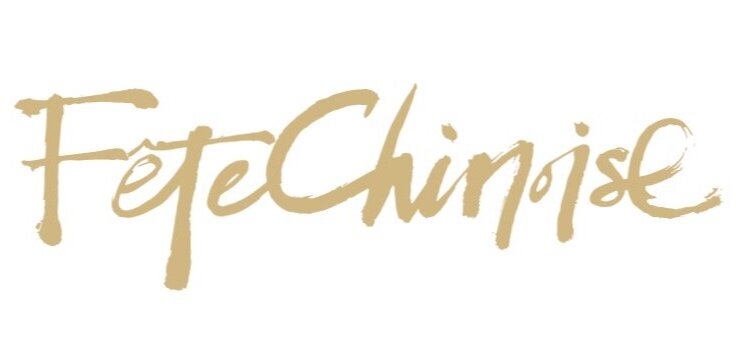

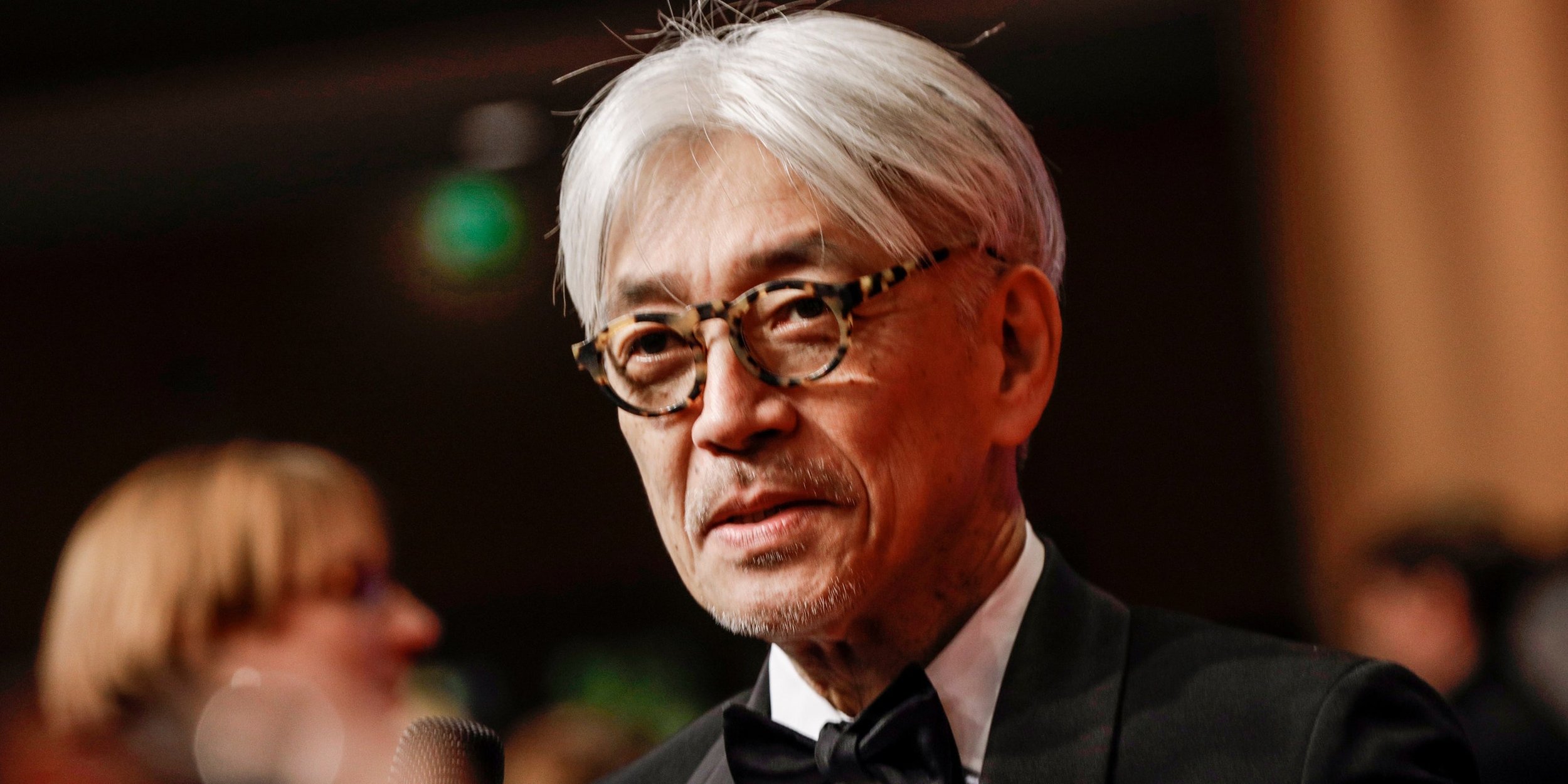
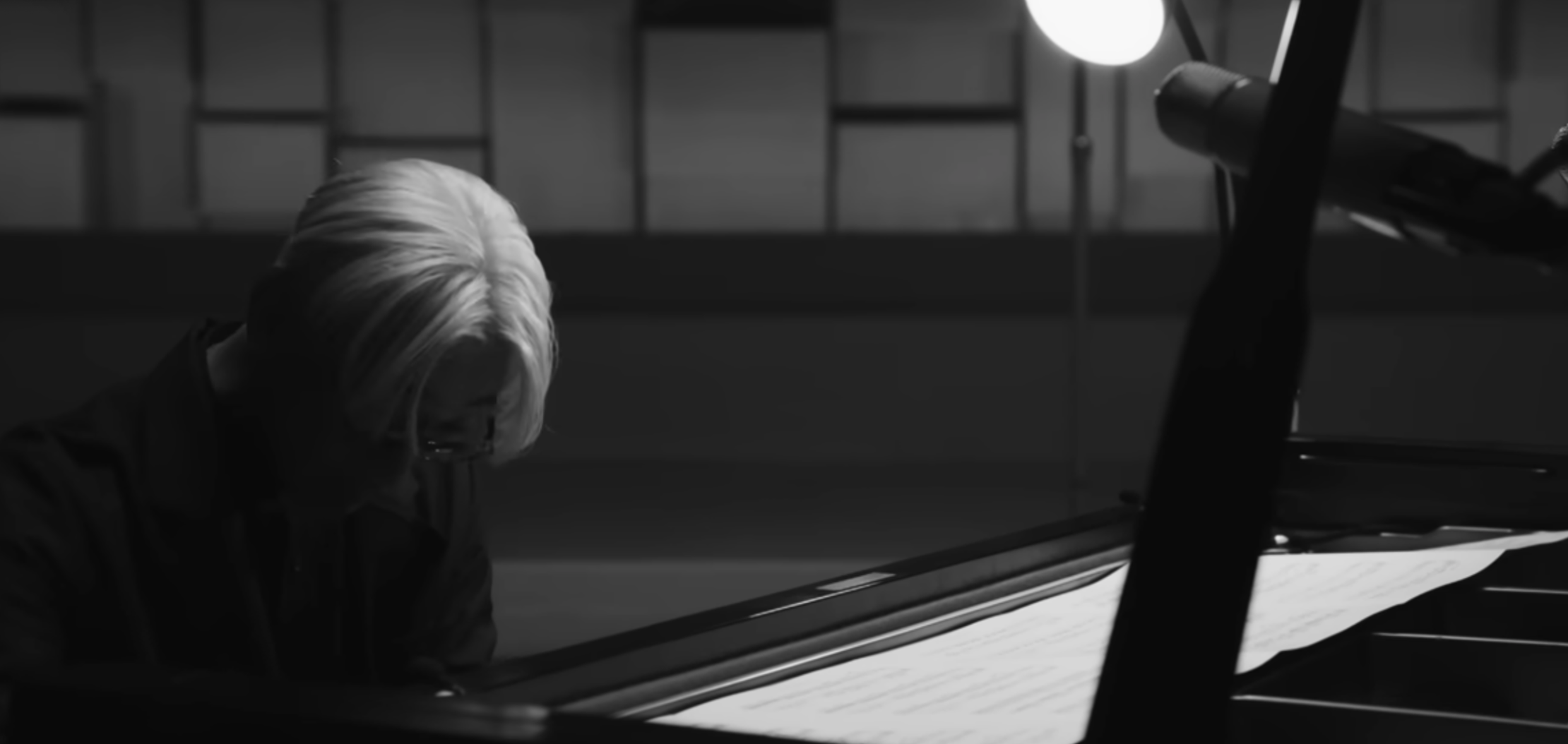
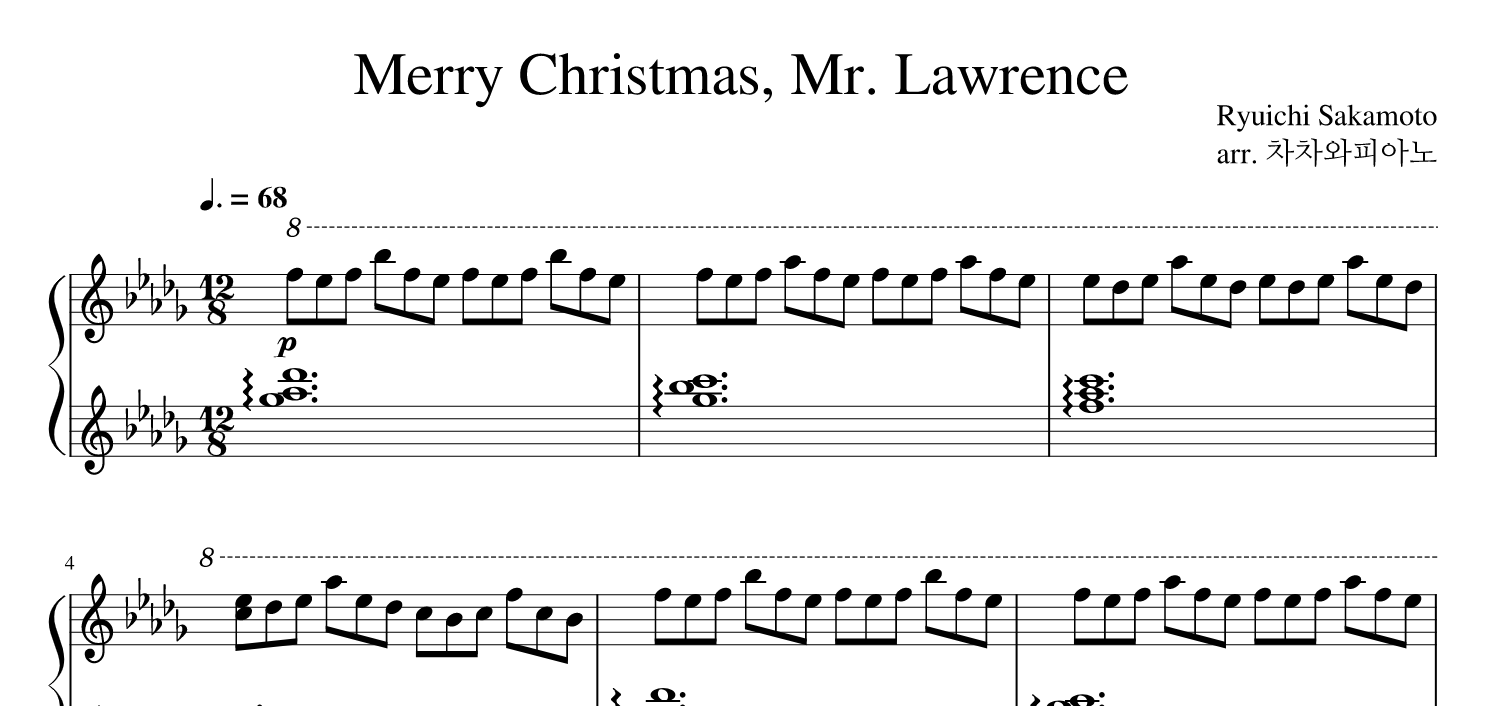

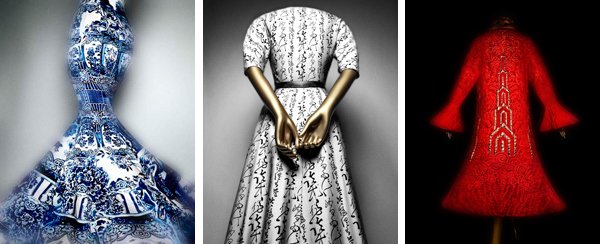




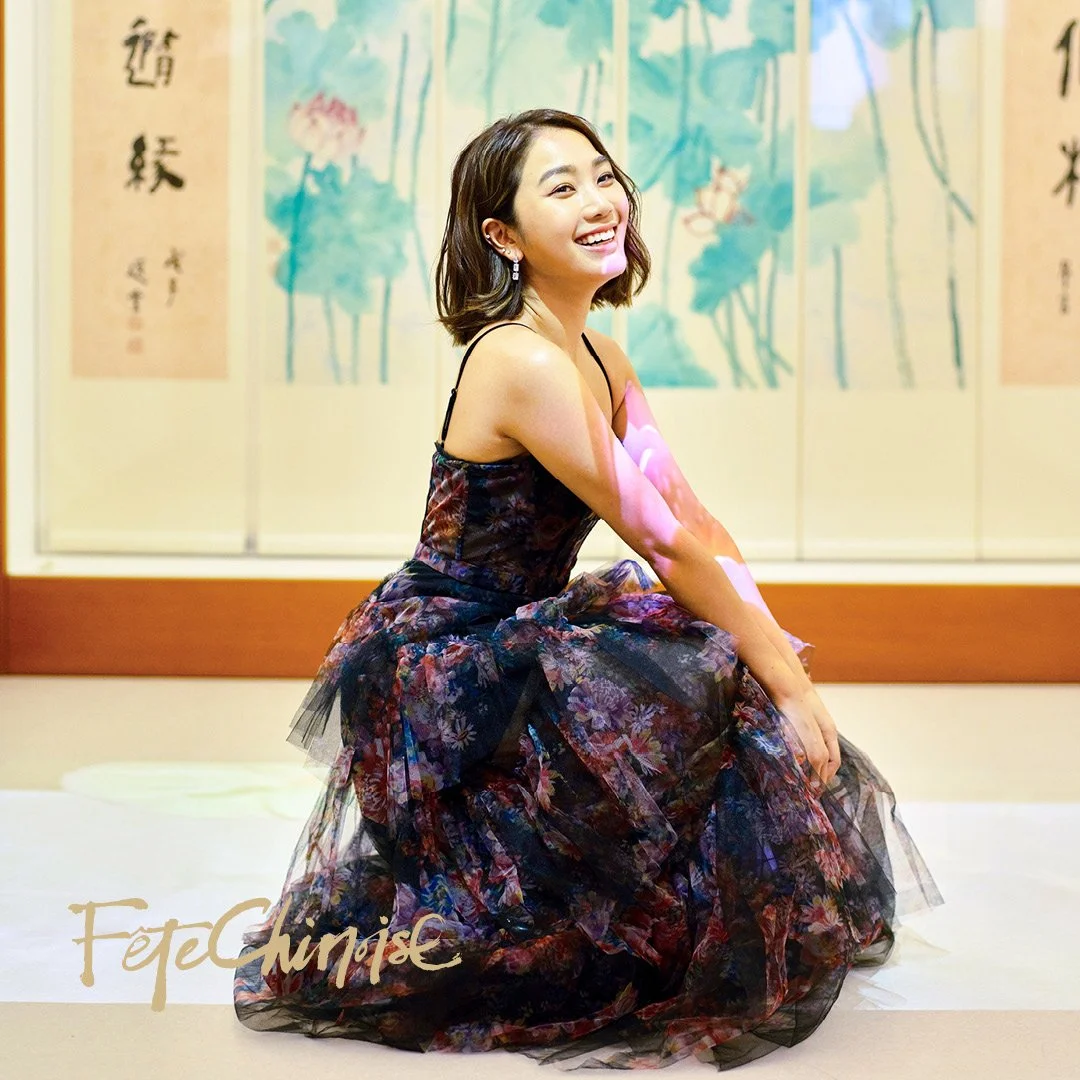


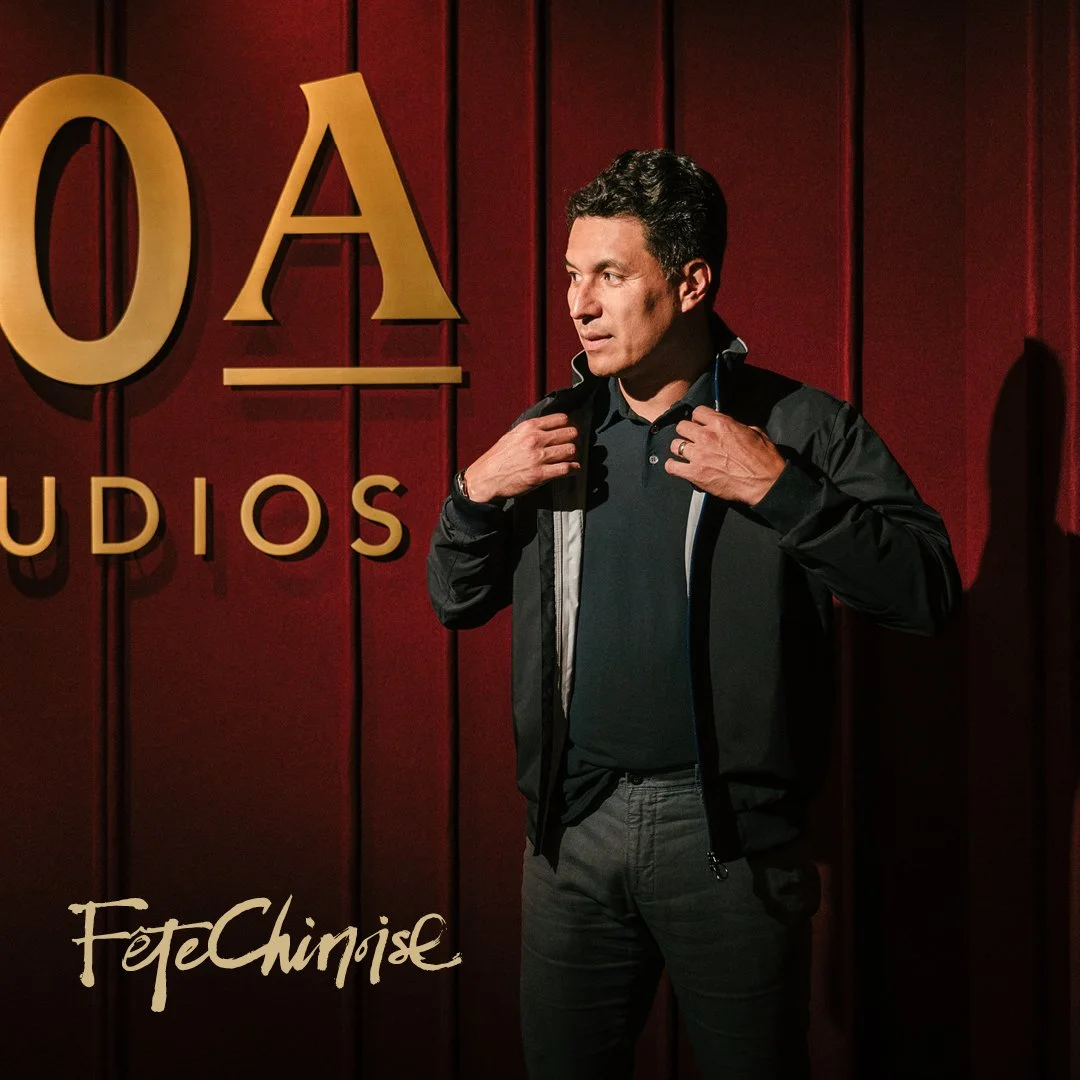
As one of the most influential figures in Canadian banking and the game-changing founder of the Chinese Canadian Youth Athletics Association (CCYAA), Kuo was unraveling the many layers of his multi-faceted identity during our interview for this magazine article. His wife and in-laws are from Hong Kong, his father was originally from China and moved to Taiwan, his mother is Taiwanese, and Kuo himself works here as an all-in Canadian. This unique combination has positioned him well to interact with people from various Chinese backgrounds, blending the East and the West.